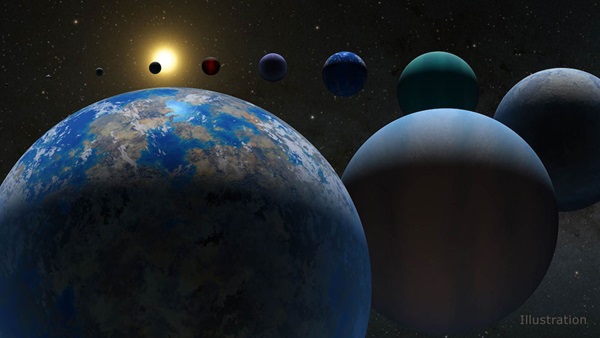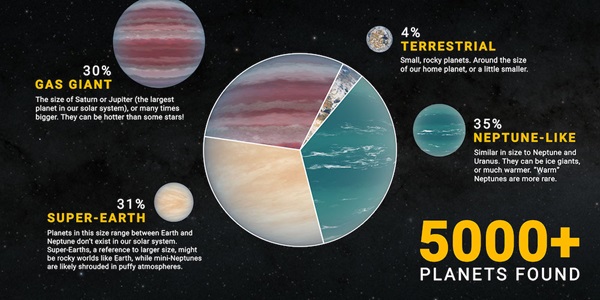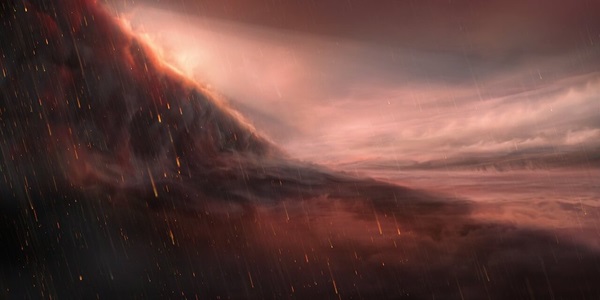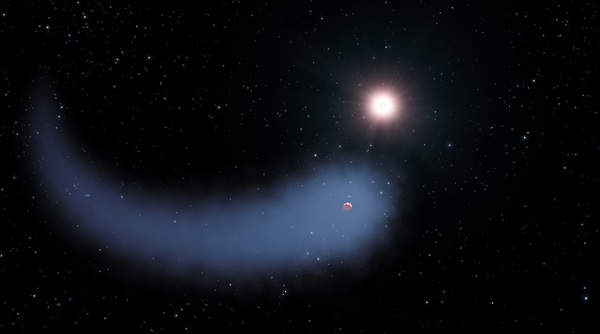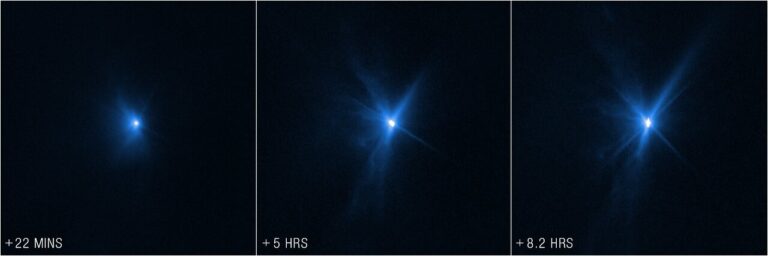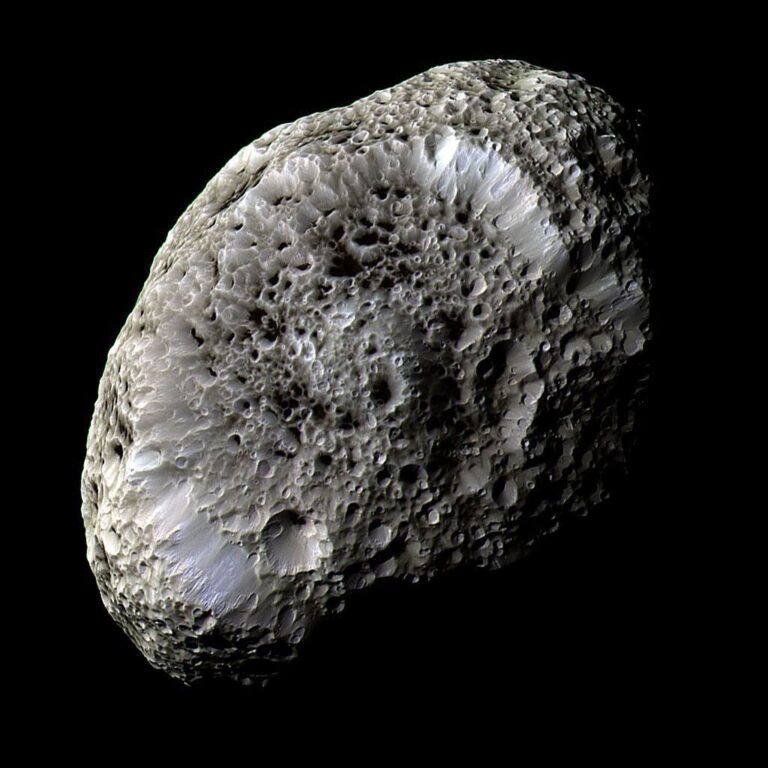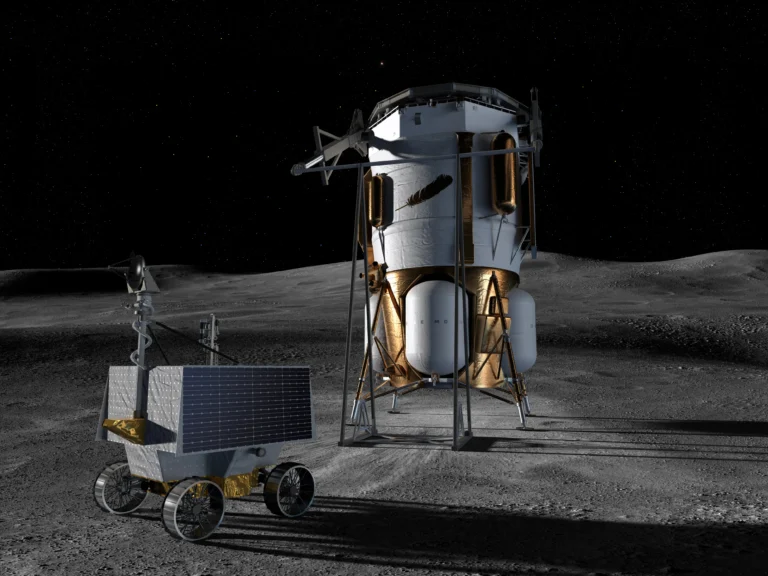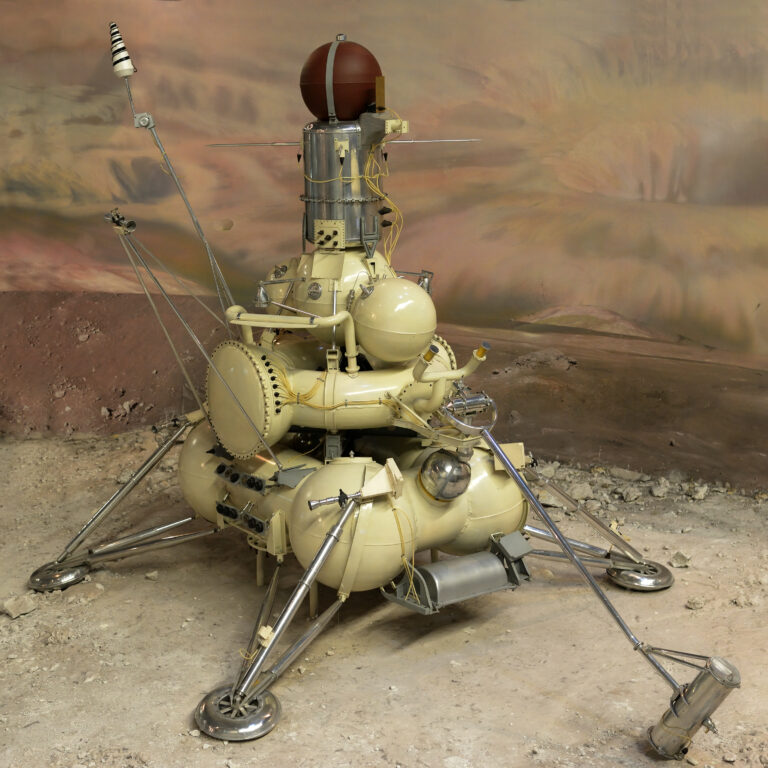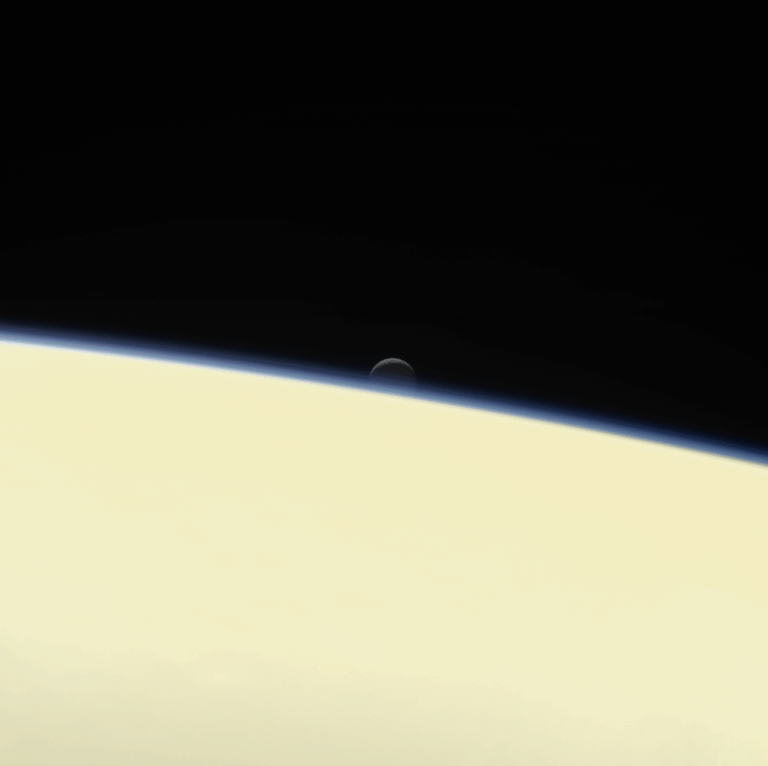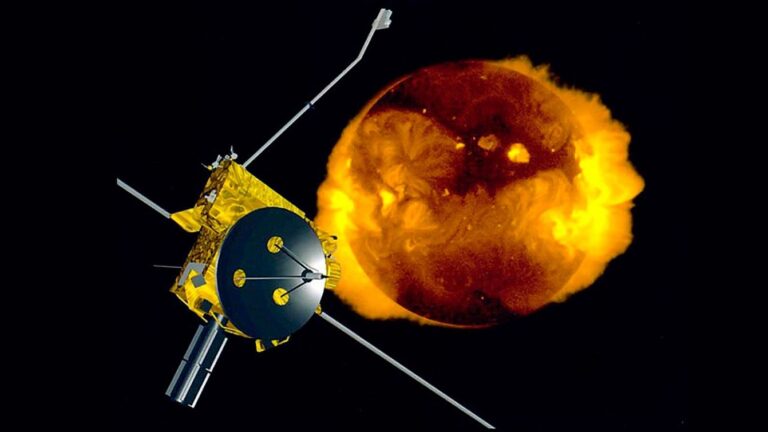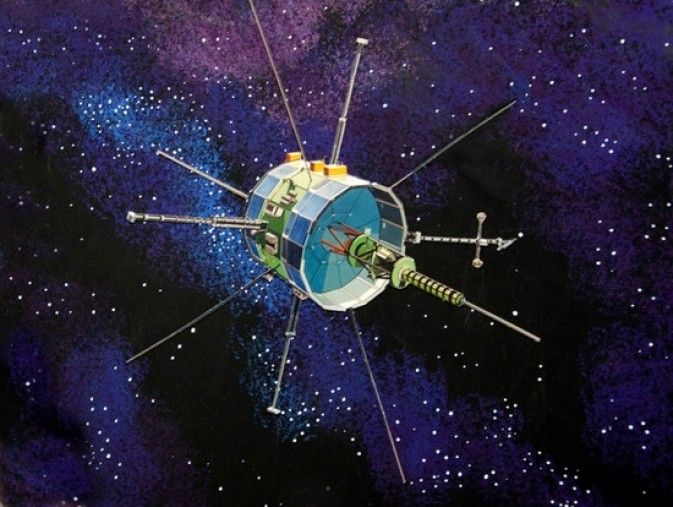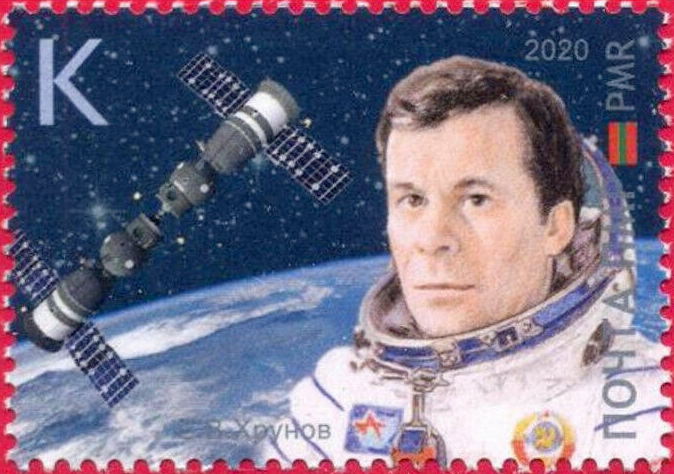Key Takeaways:
Over 400 years ago, Galileo shattered humanity’s understanding of the cosmos when he realized that Earth wasn’t the center of the universe, and that our world orbited the Sun, proving Nicolaus Copernicus’ theory from the 1500s correct.
A mere century ago, astronomers believed the Milky Way comprised the entire universe. It wasn’t until 1925, when Edwin Hubble was able to measure the distance to a star in what became the Andromeda galaxy, that humanity discovered that our “universe” was only one galaxy in a cosmic ocean.
And in 1995, astronomers discovered the first exoplanet orbiting another Sun-like star in the Milky Way, further displacing our solar system as unique.
Now, just a few decades later, scientists have confirmed over 5,000 exoplanets within our galaxy. The new record was reached March 21 when 65 new exoplanets joined the NASA Exoplanet Archive. The archive tracks exoplanet discoveries that have been published in peer-reviewed papers and marks them “confirmed” when they are spotted or verified with multiple techniques.
“It’s not just a number,” said Jessie Christiansen, science lead for the archive in a press release. “Each one of them is a new world, a brand-new planet. I get excited about every one because we don’t know anything about them.”
Stranger and stranger
NASA keeps track of what kind of exoplanets are being found as well. About 35 percent of the worlds in the archive are Neptune-like, meaning they are similar in size to our solar system’s ice giants. But these worlds may orbit significantly closer to their stars, creating “warm” Neptunes. Some 31 percent of planets are super-Earths while another 30 percent are gas giants like Jupiter. The final 4 percent are small, rocky worlds.
But while exoplanets are often compared to the worlds in our own backyard, there are plenty of strange planets dotting our galaxy. These bodies are certainly one of a kind:
In 2013, the European Southern Observatory’s Very Large Telescope (VLT) trained its eyes on an exoplanet known as WASP-76 b. This exoplanet, some 640 light-years away, is tidally locked to its star, meaning one side sees endless sunlight while the other perpetual night. Temperatures on the dayside climb to over 4,300 degrees Fahrenheit (2,400 degrees Celsius), meanwhile the nightside sits around a cool 2,700 F (1,500 C).
And the extreme temperature difference has some strange effects on WASP-76 b’s weather. On the dayside, the temperatures are so great that even metals — such as iron — evaporate. Strong winds, caused by the temperature difference, are believed to carry the iron vapor to the nightside where it condenses and rains down to the surface.
WASP-12 b
Unlike most of the exoplanets on this list, WASP-12 b’s fate is already sealed. Some 1,400 light-years away, this exoplanet orbits a mere 2.1 million miles (3.5 million kilometers) from its host star, a distance so close that the sun is tearing the world apart. The enormous tidal forces caused by the star’s gravity have distorted this gas giant into an egg shape. Astronomers estimate that in a mere 10 million years, the star will completely cannibalize the planet.
For the darkest skies in the known universe, look no further than TrES-2 b, the planet of eternal night.
At just 1.5 times the mass of Jupiter, this alien world reflects less than 1 percent of sunlight, making it blacker than coal. No planet or moon in our solar system is as dark as this world. But, because its atmosphere is as hot as lava, some researchers suspect a red glow might break through the darkness — an eerie sight for any passing visitors.
Here on Earth, ice is accompanied by freezing temperatures, but on Gliese 436 b, where temperatures can reach almost 1,000 F (540 C), ice burns.
Orbiting its star at just 2.5 million miles (4 million km), Gliese 436 b has retained its atmosphere thanks to its Neptune-like size. But the same gravity that allows it to hold on to its atmosphere creates enough pressure to force water into a solid state despite the world’s high temperatures — similar to how carbon becomes a diamond under strong enough pressure. But this new form of solid water is likely to be vastly different to the ice we are familiar with on Earth.
The oldest known planet in the Milky Way, PSR B1620–26 b orbits a pair of burned-out stars. Surviving the death of not just one but two stars is an impressive feat for the 13 billion-year-old world. And given its age, the world shows that the first planets likely formed rapidly after the Big Bang, possibly within the first billion years.
These are just a taste of the strange worlds the universe has to offer. While NASA has confirmed 5,000 exoplanets, another 6,000 candidates are still waiting to be recognized by NASA’s Exoplanet Archive. And with an estimated 100 billion exoplanets in the Milky Way alone, there are plenty more discoveries awaiting us in the decades to come.

